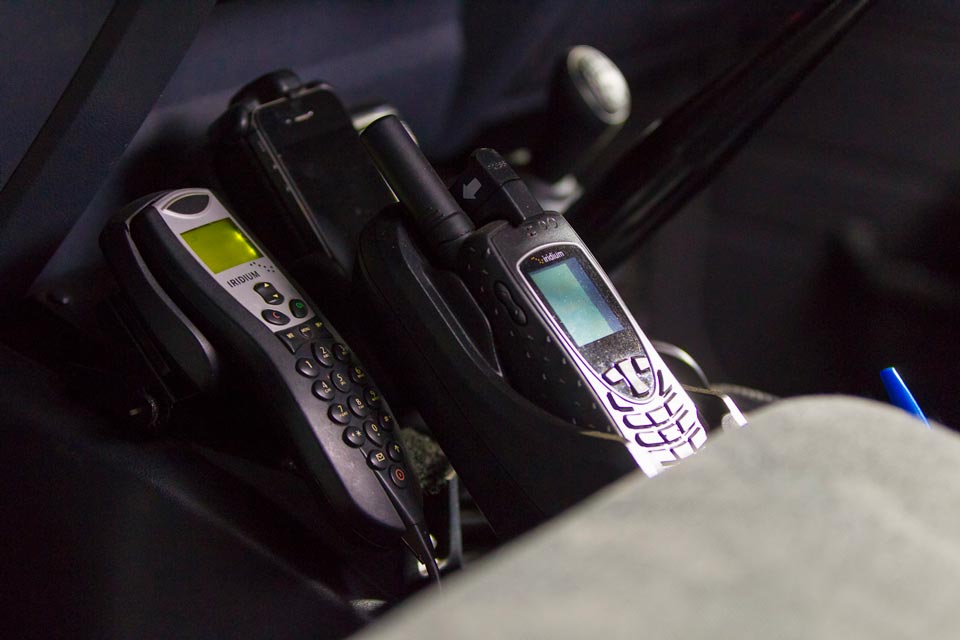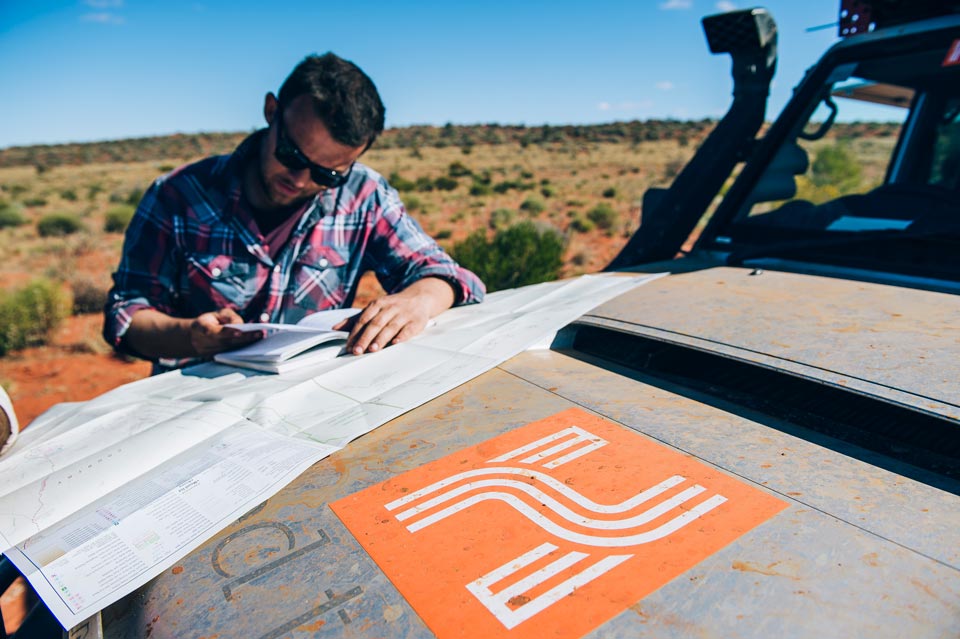:
7 Essentials for Serious Four-wheel Drivers
 There are plenty of nice-to-have bits of kit to use off the beaten track, but for anyone who wants to call themselves a serious four-wheel driver, these are the real essentials.
There are plenty of nice-to-have bits of kit to use off the beaten track, but for anyone who wants to call themselves a serious four-wheel driver, these are the real essentials.
Written by Ian Glover
Australia boasts some notoriously treacherous terrain to tempt the experienced 4WDriver - the steep, slippery ascents and descents of the Victorian High Country, the unmaintained tracks of Cape York, bulldust on the Old Ghan Track in the Territory, and of course, any of the major deserts in the Centre and West. Where you want to go will largely determine what specialised equipment you might need, but there are certain givens even if you're just on a fire trail a little way out of town. These are water and recovery equipment, which you should carry everywhere. And of course, for tackling the really tough stuff, a dual-range, high-clearance vehicle. But, as very few of us have unlimited budgets to put every conceivable accessory on, and in, our pride and joys, what are the essentials for truly adventurous four-wheeling?
1. On-board air compressor
Critical for beach and desert work, a compressor is also useful in normal circumstances. You should run lower pressures when on dirt tracks to those you use for standard tarmac running, and when you're tackling really rocky climbs and steep downhill runs, lower pressures also let the tyres gain greater purchase. What those varying pressures should be will depend on the weight of your vehicle, how much gear you're carrying, and the tyre manufacturer's recommendations. And while it might be nice to have a tyre deflator, a match and a tyre gauge will do the job just as well.
 2. Comms
2. Comms
While a mobile may be fine for situations close to population centres, as soon as you're in the Outback, your minimum communication equipment should be a UHF radio, and if you're in really remote areas, a sat phone. These can be hired if you don't want to go to the expense of buying one, but be aware of the network to which you are linked. Iridium is a reliable option, linked to a comprehensive network of 66 satellites and with omni-directional capabilities. Some cheaper options are linked to poorer networks, meaning they are not as reliable. About ten years ago in the Gibson Desert, carrying an Iridium sat phone and a second, lesser option, the Iridium was 100 per cent reliable, whereas the cut-price version often failed to make contact with home base, or dropped out repeatedly during the calls. If you don't want to go to the expense of a sat phone when in remote areas, at least carry an EPIRB (Emergency Position Indicating Radio Beacon).
3. Diff-locks
While the traction control packages available now as standard can be very impressive (depending on the vehicle), in really demanding four-wheel driving, nothing beats front and rear diff-locks for maximum traction and minimal wheel spin. There are a number of locker designs around, but some of the Hema mapping vehicles are fitted with ARB Air Lockers, where the locking mechanism is activated by compressed air. They've been great, and the ARB on-board compressor also allows for reinflation of tyre pressures after beach runs and such.
 4. Cargo barrier
4. Cargo barrier
Whenever you engage in fair dinkum four-wheel driving, there's a risk of rollover, whether it's on a side slope, cresting a dune, or having a wheel drop into a washaway on a serious bush track. The last things you want at this time are objects like a gas stove, fridge or long-handled shovel flying around the cabin area.
5. Paper maps
This 'essential' is only for particular circumstances while travelling, but is a must-have nonetheless. Paper maps are often there as a backup when you're doing serious stuff in really remote areas, where towns or intersecting roads are few and far between. However, paper maps don't need power to survive, and aren't prone to the failure of vehicle electrics.
 6. A companion
6. A companion
On some trails, where the obstacles are long and extended and it's impossible to memorise the entire course and remember where you've got to put your wheels, having a spotter is critical to avoid vehicle damage or worse. A spotter needs to know the finer points of 4WDing, because we're not talking about beginner, but expert knowledge here. The person you're relying on has to be someone you trust; someone who, if they were behind the wheel, would take exactly the same route you would. On longer trips, a companion is also useful to share the driving responsibilities, and even more importantly, to be able to patch you up if you fall and break something, or cut yourself badly. For this reason...
7. First aid kit
St John's Ambulance produce an excellent one, and you should consider taking their remote area first aid course prior to going away.








0 comments